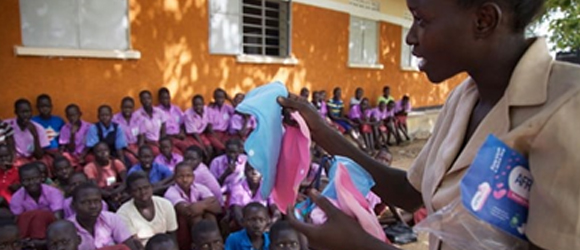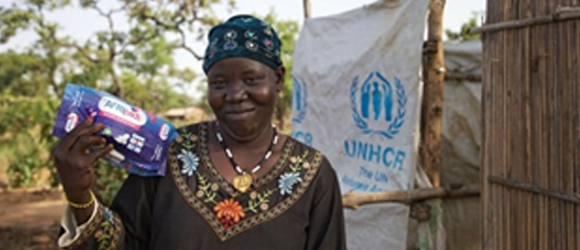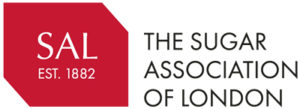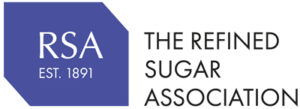Menstrual hygiene products (also known as feminine hygiene products) are personal care products used by girls and women during menstruation, vaginal discharge, and other bodily functions related to the vulva and vagina. These products are either disposable or reusable.
Disposable products include sanitary napkins (American English) or sanitary towels (British English), tampons, and pantyliners, whereas menstrual cups, cloth menstrual pads, and period panties are the major categories of reusable products.
Menstrual Hygiene: Challenges and Solutions
Menstrual hygiene continues to be one of the most challenging development issues today. Not only do deep-rooted taboos, myths and misinformation create the illusion that menstruation is inherently shameful, but in many developing countries, women and girls often lack access to hygienic sanitary materials and basic facilities.
80% of girls in East Africa lack access to health education and sanitary products. However, social enterprises and other organizations around the world are developing innovative business-minded solutions to improve female hygiene. In spite of the challenges, there are opportunities to support these operations along the supply chain.
In 2016, the global feminine hygiene product market was worth $23 billion, and it is expected to grow to $32 billion in 2022.
Menstrual Health and the Sustainable Development Goals
The 2030 Agenda for Sustainable Development gives specific aims for companies, organisations, and people about the main global challenges faced at this time, on poverty, human rights, health, peace, and the environment. The improvement of menstrual hygiene applies to 6 of the 17 goals.
- Goal 1: No Poverty.
A lack of access to feminine hygiene products has a serious impact on girls’ education, as which they miss school during menstruation and puts them at a huge disadvantage in finding employment.
- Goal 3: Good Health and Wellbeing.
Many girls who lack access to feminine hygiene products resort to using unhygienic alternatives, such as rags, mattress stuffing or tree bark. This can lead to diseases and infections such as toxic shock syndrome, reproductive tract infections, and cervical cancer.
- Goal 4: Quality Education.
One in 10 girls in Africa miss school when they are menstruating because they do not have the facilities and products to manage their period at school. This equates to up to 50 days a year. Many drop out altogether.
- Goal 5: Gender Equality.
A lack of feminine hygiene products and education sets girls off at a disadvantage in all areas of life – from education to their relationships with other people, as they are financially dependent on others for sanitary products.
- Goal 6: Clean Water and Sanitation.
With the use of reusable sanitary products, waste is severely reduced. With increased knowledge due to workshops, and available products for girls and women, sanitation and hygiene are greatly improved.
- Goal 12: Sustainable Patterns of Consumption and Production.
Sanitary pads and tampons contain high levels of plastic and are used for a few hours before being thrown away. This produces a huge amount of waste. Reusable products such as menstrual cups and cloth pads are far more sustainable. Teaching local people how to make products using materials such as banana trunk fibre creates a sustainable production chain.





 Please wait...
Please wait...
